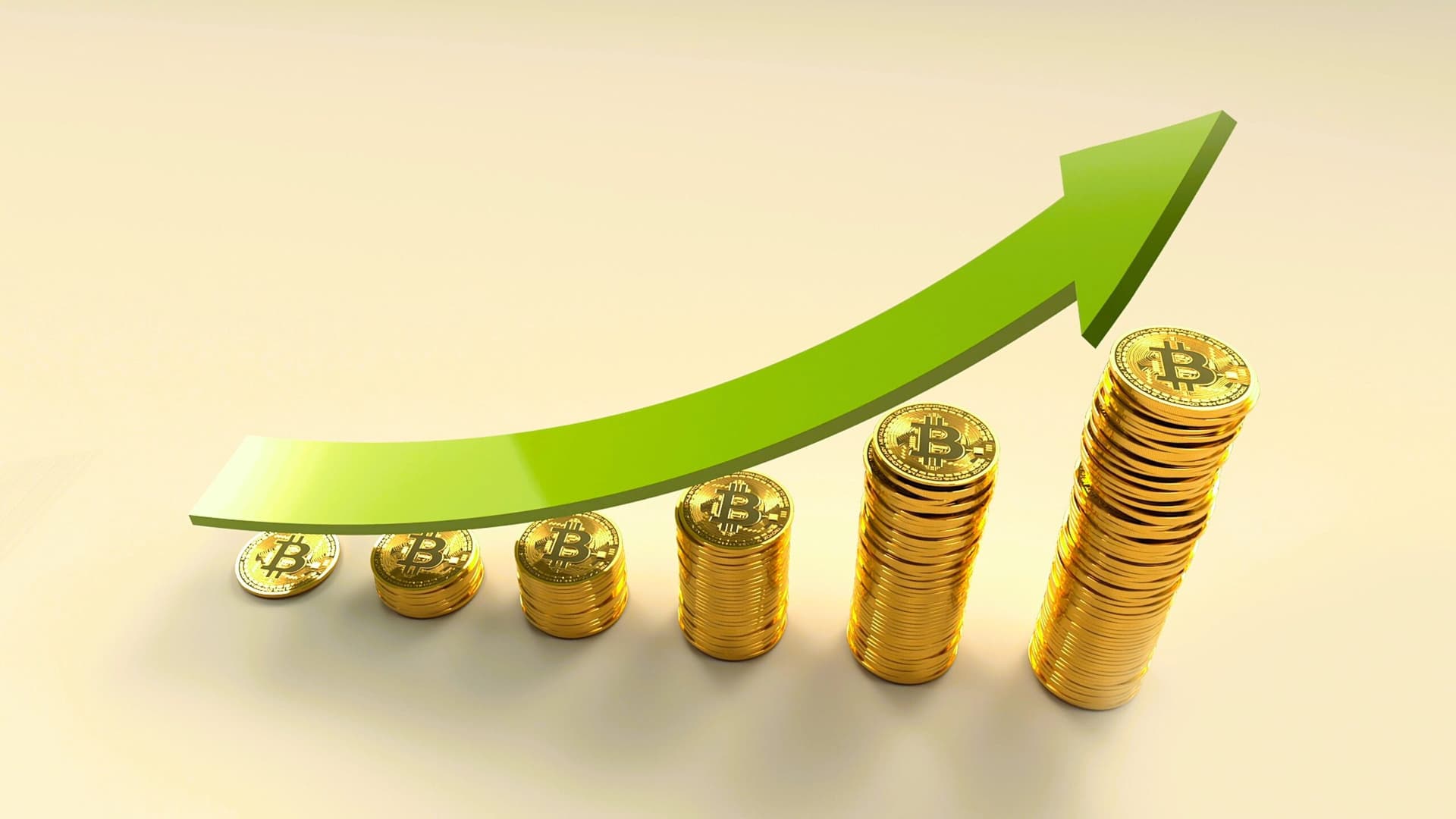Beneath the Surface
Marin Katusa: The Bitcoin Custody Coup That’s Rewiring Global Finance
June 30, 2025 • 7 minute, 32 second read

“The root problem with conventional currency is all the trust that’s required to make it work.”
– Satoshi Nakamoto
June 30, 2025 — It’s Amsterdam, 1602.
The Dutch East India Company, the most valuable corporation to ever exist, announces the world’s first IPO. It issues stock certificates, essentially paper receipts for “ownership” in ships, spices, and trading routes.
The certificates give investor liquidity. They let investors hold onto and trade pieces of paper, instead of being locked into holding a specific piece of cargo.
Yet skeptics promptly label them “worthless paper.”
Four centuries later, that “worthless paper” concept has evolved into a $124 trillion global equity market.
Fast Forward to 2024…
Bitcoin is king, the most valuable cryptocurrency to ever exist.
But it’s a monarch locked in its own castle. Secure and powerful, yes, but unable to leave its blockchain.
It’s powerless, for example, to interact with Ethereum’s smart contracts or DeFi apps. Bitcoin holders have the title to Fort Knox, but can’t use the gold inside.

So we’re witnessing another “worthless paper” moment: “Wrapped Bitcoin.”
You put your real Bitcoin or gold in a vault, a custodian. They give you a travel-friendly IOU, a token that can be used on other blockchains.
This is Bitcoin uncaged. Wrapped Bitcoin is usable across the broader financial infrastructure for:
- Collateral (e.g., in new lending protocols)
- Liquidity (e.g., in decentralized exchanges)
- Fuel for new financial products (e.g., yield-bearing Bitcoin treasuries)
As with the worthless paper from 400 years ago, wrapped Bitcoin has seen immediate success. Already, Bitcoin holders have quietly locked up $28 billion worth of BTC in digital vaults.
That’s over half the size of Barrick Mining. accumulated faster than it takes to get a California construction permit.
But like any glacial shift in global finance, the movement began with a few sharp jolts, starting with a wildly controversial deal.
A $10 Billion Handshake Shatters Bitcoin
Last August, in a Hong Kong boardroom, a $10 billion deal took place.
With it, BitGo, the custodian to the “wrapped” Bitcoin vault sealed a new custody arrangement.
The deal brought with it a controversial stakeholder, a consolidation of power, and reduced transparency in the custodianship of the Bitcoin.
Now here’s the thing: If you have gold in a vault, you need to trust whoever has the keys to your vault. A lot.
So, it naturally took all of 48 hours for the crypto world to erupt.
MakerDAO, one of DeFi’s largest lending protocols, with billions in assets held an emergency vote. The verdict? 88% voted to dump their wrapped Bitcoin held by BitGo.
It was the beginning of the most dramatic power shuffle in crypto history.
Nearly overnight, wrapped Bitcoin splintered from a single custody monopoly into a 15-player marketplace.
BitGo’s dominance crumbled. And one major player spotted the opportunity, and swooped in.
Continued Below…
Elon’s Final Act?
|
Coinbase Fills the Custody Vacuum
It’s September, 2024.
Coinbase, the major crypto exchange, launches cbBTC. It captures $4.7 billion in market share faster than any financial product in crypto history.

Remember when Schwab eliminated trading commissions? Everyone said they were either bold or crazy.
A year later, they’d absorbed TD Ameritrade and become the undisputed king of retail brokerage, with $6 trillion in client assets.
Coinbase just played the same card.
They understood what Wall St. institutions actually want: one-click wrapping, regulatory clarity, no committees, no drama. And they gave it to them.
Those institutions immediately took the bait.
- Just this week, news broke Jane Street are backing a $1 billion Bitcoin treasury company, ProCap.
Their plan is to use wrapped Bitcoin to generate yield through lending and derivatives.
The institutional wall of money has arrived in Bitcoin.
It knows that Bitcoin isn’t just about HODLing anymore. It’s active, yield-generating, and finance-shaping.
Which means the last one in the game has the most to lose.
Now, the Regulatory Dam Is Breaking
In late 2024, the regulations started to crumble:
- Europe finally gave crypto clear rules,
- America put the commodities regulator in charge, and
- Singapore invited 40 major banks to experiment.
The response has been immediate and unbelievably gargantuan.
JPMorgan started moving $300 billion in overnight loans on the blockchain, BlackRock’s tokenized treasury fund hit $2 billion, and Franklin Templeton spread their fund across six different blockchains.
And the Depository Trust and Clearing Corporation (DTCC) is preparing its own tokenized collateral management platform, enabling real-time transfers and smart contract automation.
When the company that clears all of Wall Street’s trades prepares for $3 quadrillion (not a typo) in tokenized securities, it’s clear we’re not experimenting anymore.
Wrapped assets are the future of crypto, and the future of currency.
Which is where the story takes an unexpected turn…
Gold Goes on the Chain
Because a perfectly tradeable wrapped Bitcoin makes trading physical gold obsolete.
The only way for gold to survive is by also being wrapped and perfectly tradeable.
And that’s exactly what’s happened. Each gold token represents one troy ounce of London Good Delivery gold sitting in Swiss vaults.
Tokenized gold eliminates storage costs, insurance headaches, and transaction friction faster than the gold ETF revolution of the 2000s.
Unlike the gold bars in your safe, these trade 24/7, divide into millionths, and settle in seconds.
For centuries, the gold market struggled with liquidity constraints. Blockchain technology cracked the code in just 24 months.
PAX Gold and Tether Gold now command over $1.7 billion combined, with daily volumes exceeding $100 million.

The real tell shows up in chaos: When geopolitical tensions spike, PAXG volume jumps 900% in a week.
Smart money isn’t calling their broker at 3 a.m. They’re buying digital gold on their phone as the market reacts.
The Inevitable Convergence
Every major exchange is now launching their own wrapped bitcoin: Kraken’s kBTC, 21Shares’ 21BTC, Threshold’s sBTC.
The math is simple and brutal.
Industry projections show $500 billion in tokenized assets by year-end 2025. But that’s looking backward, not forward.
This kind of growth reminds me of the early days of the ETF boom.
When Vanguard and Fidelity started competing with BlackRock’s iShares, everybody won, especially investors who understood the bigger picture.
The real opportunity isn’t in picking winners. It’s in understanding that we’re watching the birth of a new financial system.
One where every asset, from bitcoin to bonds, from gold to real estate, becomes liquid, programmable, and globally accessible.
AI is flashy. Wrapped Bitcoin is foundational.
It’s not a product story, it’s a protocol shift.
And this “worthless paper” is setting itself up for a quadrillion-dollar remaking of the global financial system.
Unlike AI, this transformation doesn’t need a breakthrough.
It just needs time.
Regards,
Marin Katusa and Grey Swan
P.S. from Addison: Following our Grey Swan Live! Zoom sessions, I get a regular drumbeat of notifications alerting me that members are trying to log in. Please note that we record on Thursdays at 11 a.m. That’s the time you want to click on the link and log into the discussion.
That said, if you’re a paid-up member and didn’t get a chance to hear Ian King and I dig through tokenized assets and the promise of stablecoins following the passage of the GENIUS Act through the Senate, you can check out the recorded conversation in the archives but clicking this link: Grey Swan Live! with Ian King.
Grey Swan contributor John Rubino made this comment on his substack page about today’s Katusa Research essay:
When cryptocurrencies first emerged, the blockchain (a distributed ledger that tracks ownership of bitcoin and other cryptos) caught the attention of gold-standard proponents.
What if, they mused, gold is the base money of the post-reset financial system, but — without ever leaving its vaults — it transacts on a blockchain, giving it the frictionless mobility it lacks in the physical world? That just might be tomorrow’s money.
But it didn’t happen right away, and then a million other things in finance, politics, and technology distracted us with more immediate threats and opportunities.
The digital gold concept, as a result, was back-burnered. So hardly anyone from the precious metals community was paying attention when digital gold was (maybe) born.
Until now, that is.
We’re following these developments in digital currencies and DeFi closely. They represent but one leg in Trump’s Great Reset strategy.
With the Great Reset theme in mind, Andrew and I will take stock of the first half of the year this Thursday, July 3rd at 11 AM on Grey Swan Live!. If you’re serious about joining live, please set a placeholder in your calendar.
During this week’s Live! we’ll review the model portfolio comprehensively and the big trends that have impacted stock prices and the economy during the dizzying first months of the second Trump administration. Stay tuned…
Your thoughts? Please send them here: addison@greyswanfraternity.com
 Strange details have now emerged about Elon’s final days in DC — Before he left did Elon set in motion a radical “re-do” of the Social Security Administration?
Strange details have now emerged about Elon’s final days in DC — Before he left did Elon set in motion a radical “re-do” of the Social Security Administration?


